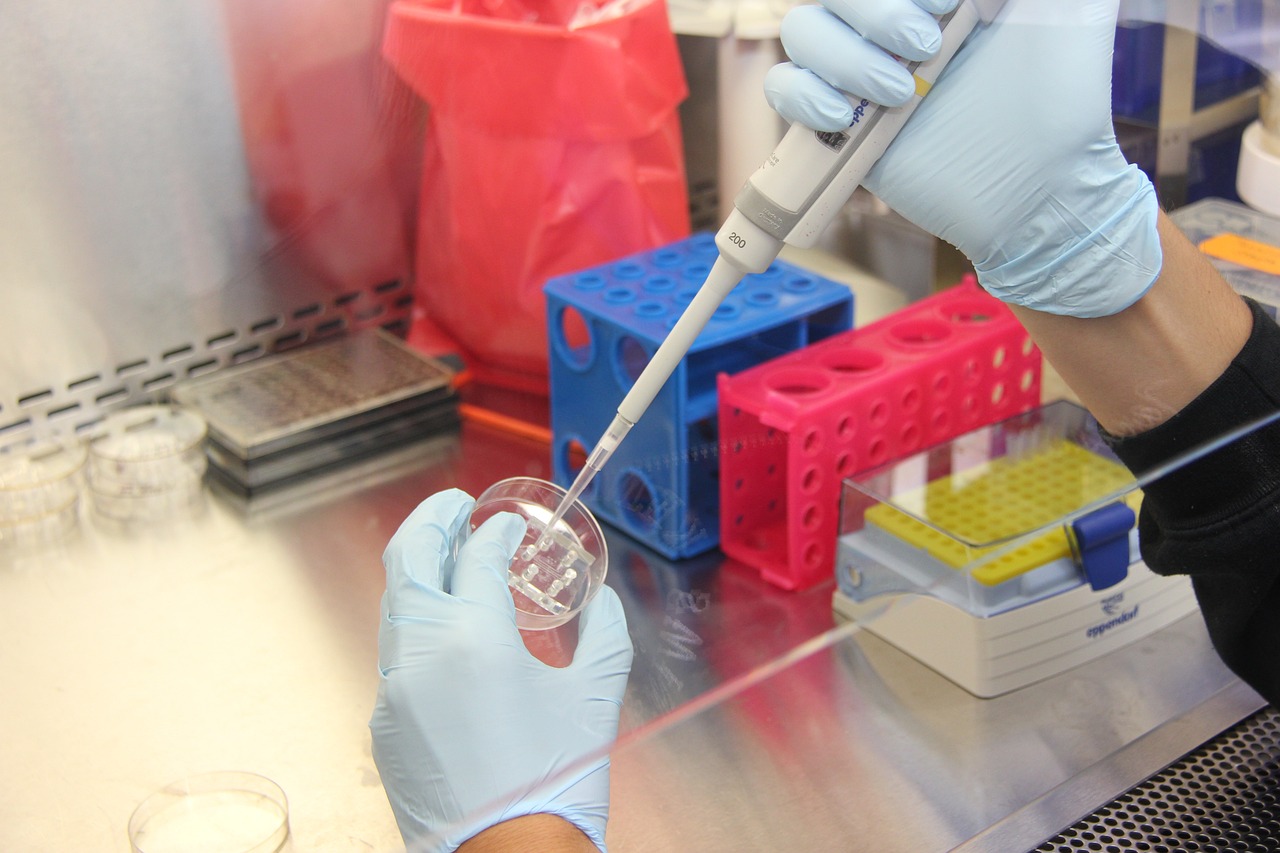The Role of Tech in Disaster Preparedness: Emergency Response Apps, Community Resilience Platforms, and Crisis Communication Tools
Disasters can strike at any moment, leaving communities vulnerable and in need of immediate assistance. In today’s digital age, technology plays a crucial role in disaster preparedness, emergency response, community resilience, and crisis communication. From innovative apps that provide real-time updates on disasters to online platforms that connect volunteers with those in need, technology has revolutionized the way we respond to emergencies. In this article, we will explore the various ways in which tech is shaping disaster preparedness and response efforts.
Emergency Response Apps
One of the most significant advancements in disaster preparedness is the development of emergency response apps. These mobile applications provide users with up-to-date information on disasters, including evacuation routes, shelter locations, and emergency contacts. Apps like FEMA’s mobile app and the Red Cross Emergency App have become essential tools for both individuals and emergency responders during times of crisis.
Furthermore, emergency response apps often include features such as push notifications, real-time alerts, and interactive maps to help users navigate through dangerous situations. These apps can also provide tips on emergency preparedness, first aid techniques, and how to stay safe during a disaster. By leveraging the power of technology, emergency response apps have revolutionized the way we prepare for and respond to emergencies.
Community Resilience Platforms
In addition to emergency response apps, community resilience platforms have emerged as valuable resources for disaster-prone areas. These online platforms connect community members, volunteers, and local organizations to coordinate disaster preparedness efforts. Platforms like Crisis Cleanup and Volunteer Florida enable users to request assistance, offer help, and mobilize resources quickly and efficiently.
Community resilience platforms also provide a space for communities to share valuable information, resources, and best practices for disaster preparedness. By fostering a sense of unity and collaboration, these platforms empower communities to build resilience and recover more effectively from disasters. Through the use of technology, community resilience platforms are transforming the way we come together in times of need.
Crisis Communication Tools
Effective communication is essential during emergencies to ensure that accurate information is disseminated quickly and efficiently. Crisis communication tools leverage technology to streamline communication between emergency responders, government agencies, and the general public. Tools like Everbridge and Send Word Now enable organizations to send mass notifications, coordinate response efforts, and provide real-time updates to stakeholders.
Moreover, social media platforms have become critical tools for crisis communication, allowing organizations to reach a broader audience and engage with the community in real time. Platforms like Twitter and Facebook enable users to share information, request assistance, and stay informed during disasters. By harnessing the power of technology, crisis communication tools enhance situational awareness and facilitate a coordinated response to emergencies.
Conclusion
Technology has revolutionized the way we prepare for and respond to disasters. Emergency response apps, community resilience platforms, and crisis communication tools play a crucial role in enhancing disaster preparedness, facilitating emergency response efforts, and strengthening community resilience. By leveraging the power of technology, we can better prepare for emergencies, respond more effectively to disasters, and build more resilient communities.
FAQs
How can I stay informed during a disaster?
To stay informed during a disaster, you can download emergency response apps like FEMA’s mobile app or the Red Cross Emergency App. These apps provide real-time updates, evacuation routes, and important information on how to stay safe during emergencies.
How can I help my community prepare for disasters?
You can help your community prepare for disasters by joining community resilience platforms like Crisis Cleanup or Volunteer Florida. These platforms enable you to connect with other community members, offer assistance, and share resources to strengthen disaster preparedness efforts.
What are some best practices for crisis communication?
Some best practices for crisis communication include utilizing crisis communication tools like Everbridge and Send Word Now, engaging with the community through social media platforms, and providing timely and accurate information to stakeholders. By following these best practices, organizations can enhance their crisis communication efforts and effectively coordinate response efforts during emergencies.





